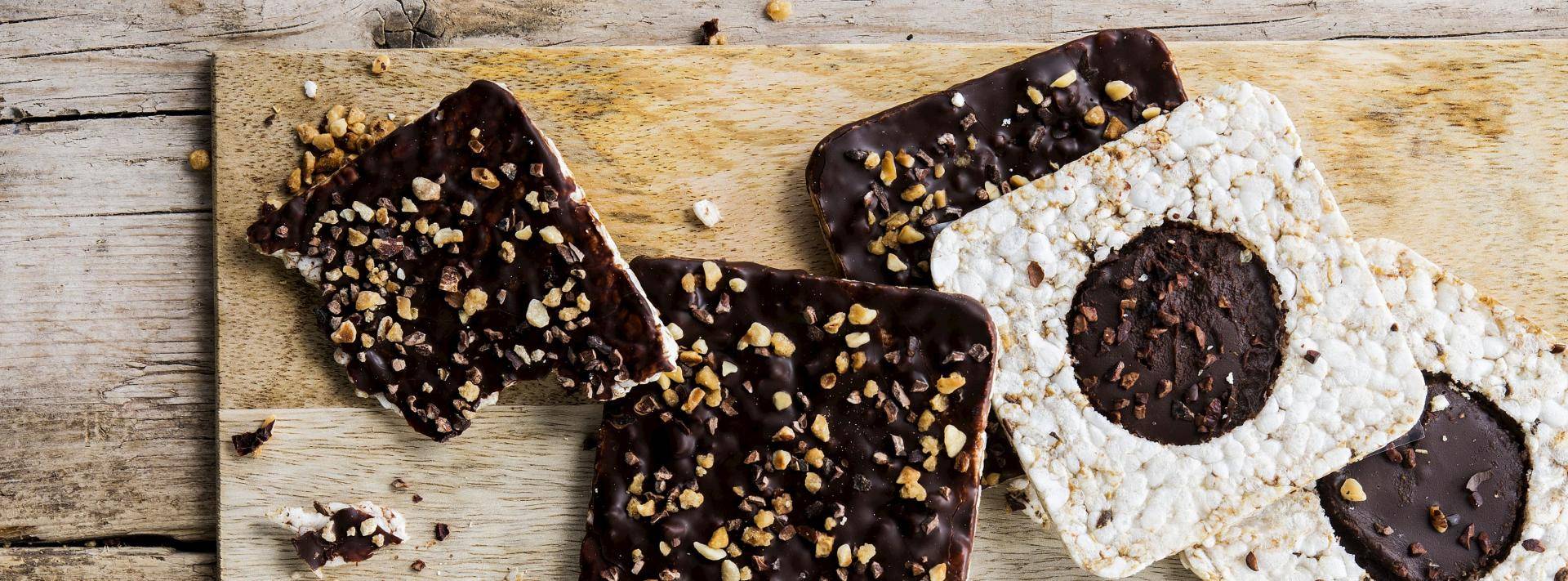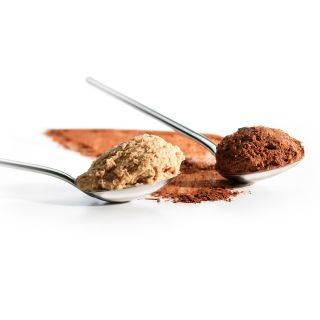After fat, sugar, especially the amount present in sweet goods, is getting some (bad) press. While government bodies are taking action against it, consumers are more and more aware of their sugar intake.
Discover 3 ways for sugar reduction in baked goods and some examples of how it can be marketed.
1. Gradual reduction
Gradually decreasing the sugar level a product contains allows consumers to get accustomed to your changing product taste over time without affecting their perception of your product. However, this solution can only work up to a certain point without affecting the product’s organoleptic properties. This reduction that takes place bit by bit is not often claimed on the packaging, but part of a more extensive health & wellbeing corporate strategy.
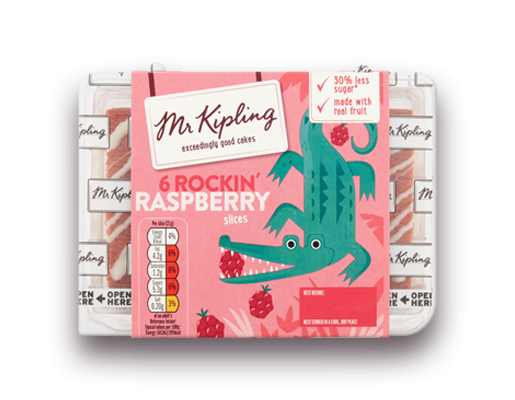
Organic 30% sugar reduced biscuits (Evernat, France). The product seems to have been positioned for children.
2. Claiming sugar reduction
To claim the “reduced in sugar” label, the overall sugar level in a product should be 30% lower than the market average. This classification is used in particular for biscuits and cereals. In these categories, wholesomeness is an important consumer benefit.
Within the cake category, “reduced in sugar” claims are now seen on products for health conscious consumers and kids or with a sports & nutrition positioning.
Within the cake category, “reduced in sugar” claims are more often seen with sports and nutrition type of products.
3. Claiming No sugar
If the previous two options do not appeal to you and you want to eliminate all sugar from your products, you can replace it completely with sweeteners (fibers, polyols, stevia, ...). There are two variations on the claim:
a) Sugar-Free:
Your product cannot contain more than 0.5% sugars of any sort.
b) No added sugar or Without added sugar:
In this case, the added sugar is fully replaced but recipe allows for some residual sugar and other sugars like lactose, etc…
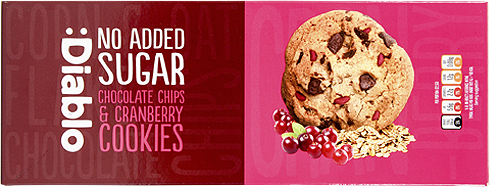
No added sugar chocolate & cranberry cookies (Diablo, UK)
Products with a “no added sugar” mention have proven particularly popular within the biscuit category. The number of product launches with this claim doubled over the last 5 years (Source: Innova). The natural and unprocessed halo of the classification appeals to consumers and allows for a less functional and more indulgent product positioning.
Consumers consider breakfast to be the moment best suited for health & wellness during their day. In the example below, the croissants have been baked without added sugar to cater to consumers’ needs for a wholesome breakfast.
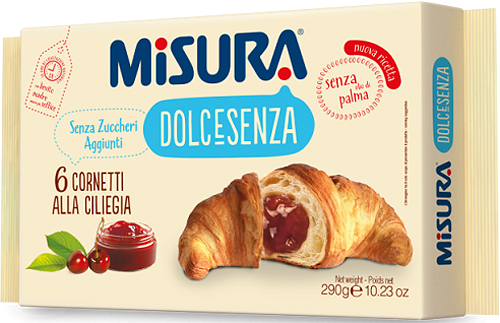
Croissant without added sugar (Mizura, Italy)
Tip: chocolate without added sugar can only be used in combination with a dough that does not contain any added sugar either.
Barry Callebaut has been developing a range of bakestable sugar reduced chocolate solutions that work well with all your sugar reduction strategies.
